Announcer: The following program is a PBS Wisconsin original production.
Angela Fitzgerald: Coming up on Wisconsin Life: Meet the longtime resident at Frank Lloyd Wright’s Taliesin, an artist adding a splash of color to Packers gamedays, a Glendale Special Olympics athlete winning big…
Speaker: Nice job.
Speaker: Yeah!
Angela Fitzgerald: …and a sweet treat at a strawberry farm in Fort Atkinson. That’s all ahead on Wisconsin Life.
[bright music]
Announcer: Funding for Wisconsin Life is provided by: the Wooden Nickel Fund, Mary and Lowell Peterson, the A.C.V. and Mary Elston Family, the Stanley J. Cottrill Fund, UW Health, donors to the Focus Fund for Wisconsin Programs, and Friends of PBS Wisconsin.
[birds singing]
[whimsical music]
Angela Fitzgerald: Hello, and welcome to Wisconsin Life. I’m your host, Angela Fitzgerald. Let’s see if you can guess where I am. I’ll give you a few clues. It’s part of the UNESCO World Heritage site and home to one of Wisconsin’s most influential architects. Perhaps you guessed it… We’re at Taliesin, exploring the life and legacy of Frank Lloyd Wright. Our journey starts here inside Wright’s personal drafting studio, one part of this 800-acre estate just outside Spring Green.
Once a bustling living laboratory of architectural ingenuity, Taliesin was Wright’s home that survived two fires and endless renovations. Renovations completed by apprentices of the Taliesin Fellowship that welcomed budding architects to the property to learn by doing.
Since this home was so experimental, restoration of the property can be particularly challenging. Visitors can see evidence of that for themselves, as they weave in and out of rooms that appear to become one with the landscape. Getting an up-close look at where Wright worked, played, and lived, alongside apprentices of the fellowship and their families.
Let’s meet one of the longtime residents, now more than 100 years old, who still calls this place home. As we visit with Minerva Montooth, who worked alongside Frank Lloyd Wright here at Taliesin.
Minerva Montooth: They all studied Frank Lloyd Wright. It was really a school. That’s what Mr. Wright started it as.
Angela Fitzgerald: Meet Minerva Montooth. She is 101 years old. And yet, the most surprising thing about her is not her age. It’s her address.
Minerva Montooth: I think I lucked out.
Angela Fitzgerald: Minerva lives at Frank Lloyd Wright’s Taliesin in Spring Green, Wisconsin. And as one of the last living apprentices who worked alongside Mr. Wright, she is surrounded each day by the memories of their time together.
Margo: Daddy’s smiling. There’s a picture of you and Mrs. Wright.
Minerva Montooth: We were all apprentices. I remember very well helping build the theater, which is where Mr. Wright suggested we have our wedding, which we did.
Angela Fitzgerald: Minerva met Frank Lloyd Wright and his wife, Olgivanna, through her childhood friend and eventual husband, Charles Montooth.
Minerva Montooth: Charles was a very good architect. I didn’t know what an architect was. You know, a farm community, they just all built their houses themselves. [chuckles]
Angela Fitzgerald: Minerva grew up on a dairy farm. She and her sister graduated top of their class, guaranteeing scholarships for college. It didn’t take long for her to seek new horizons.
Minerva Montooth: I went to Chicago, so I worked for the Encyclopedia of Britannica doing research. And then I got bored with a little city like Chicago. I wanted the big lights. [chuckles] So I went to New York. I was the specialized librarian for the advertising agency. My office was right over Fifth Avenue, and I just looked down, and there was the whole city. And so it was a pretty glamorous job.
Angela Fitzgerald: Minerva’s career took a turn when she followed her sister for a trip out to Arizona, where an old childhood friend, Charles Montooth, had been studying under Frank Lloyd Wright. So began years of visiting Charles in the desert.
Minerva Montooth: Charles had been asking me to marry him for five years. And so, anyway, I finally said yes.
Angela Fitzgerald: Minerva’s shy outer shell began to melt away.
Minerva Montooth: I mean, my sister and I were so shy, twin sister. I tell you, it was pathological shyness, but I got over it in one day, meeting Mr. and Mrs. Wright.
Angela Fitzgerald: To escape the hardships of winter, the young aspiring architects studying in Spring Green would caravan to Arizona. Charles and Minerva had their home base in the desert, where Minerva raised three children.
Minerva Montooth: We lived for 10 years in a little house that Charles built, which was so cute. He built it by hand, all glass doors. At first it was very small, and then just gradually he would add bedrooms. So it got to be a five-bedroom house, I think, when we had three children.
Angela Fitzgerald: Minerva played an increasingly important role, not only in her own family, but to the Wrights and eventually their foundation.
Minerva Montooth: Having Mr. Wright speak to me on a very familiar level, I mean, we just were friends for the moment we met.
Angela Fitzgerald: In 1959, Olgivanna assumed the role of president of the Foundation, and Minerva began to serve as her assistant.
Minerva Montooth: Assistant to Mrs. Wright, that’s what she called me. She was like Mr. Wright. She had an idea, and she wanted it right now. I was there for 25 years.
Angela Fitzgerald: Between Taliesin West, Spring Green, and sometimes international business.
Minerva Montooth: We went to South Africa. And Europe many summers.
Angela Fitzgerald: Decades later, Minerva is the last living fellow that spent time with the original apprenticeship.
Minerva Montooth: Absolutely incredible that I was ever here, that I was ever married to Charles, that I was ever with Mrs. Wright so long, and that I’m here still. It’s just, all of it is unbelievable.
Angela Fitzgerald: And going to great-grandma’s house is a little extra special.
Minerva Montooth: I’m in awe that I live here. Really, I can’t believe it. And I’m very thankful for all of it.
[gentle piano music]
Angela Fitzgerald: Next up, we leap over to Lambeau where a muralist is adding a splash of color to Packers gameday.
[machine beeping]
[brush whisking]
Andrew Linskens: There is a immediate endorphin release just from mark-making.
[paint stirring]
[upbeat electronic music]
Andrew Linskens: I also love the idea of giving, and having someone else, the viewer, have an experience from that art. My name is Andrew Linskens. I am an artist working out of Green Bay, Wisconsin.
[groovy bass music]
Andrew Linskens: I think my style tends to be a little bit more illustrative than a lot of fine artists. And I mostly work in acrylics, whether that’s on the side of a large building or whether it’s on a canvas. I want both to look equally the same. I work intuitively. I mean, I really don’t have too much of a plan. When I make a mark, I like to make a mark and move on. I don’t like to fiddle with it and keep messing with it. Once I make a mark or a gesture, I wanna move on to the next mark kind of thing.
[birds chirping]
Andrew Linskens: I love the idea of flowers and bees because there’s a symbiotic relationship that is happening there with the fertilization of the flowers and how they’re dependent on each other. There’s a little bit of a darker side to the flower things too. I did lose both of my parents. Y’know, my father died at a young age. I had a lot of funeral experience. We’ll put it that way. So the idea of flowers, even the smell of flowers, would always remind me of death, to be honest with you. So in a way, painting flowers kind of gives me the ability to kind of take control of that a little bit.
[upbeat electronic music]
Andrew Linskens: And take that and make it into something that’s a little bit different, a little bit different memory than that.
[motorcycle roaring]
[horn honking]
[upbeat music]
Andrew Linskens: So the Art-Hop is a collective of artists and musicians. The three main components of Art-Hop right now are myself, Gregory Frederic, and DJ RGS. And we have been working for, I think about eight years now, y’know, bringing art and music together. So I’ve been working with the Packers for about seven years now. And then now, for the last three seasons, we’ve been doing every home game. So we’ll welcome, y’know, the visiting team. So let’s say it’s Chicago. We’ll say “Chicago,” y’know, “versus Green Bay,” right? And we’ll allow the fans then to approach that with welcoming arms. On game day, we arrive about five hours before kickoff. And then, we paint for three hours prior to the game. People love it. I think it’s something very unique for Green Bay.
[camera shutters clicking]
Andrew Linskens: What does art mean to me? That’s an interesting question. Art is something that you can speak without polarization. Y’know, we live in this world where whatever you say can be, y’know, mistaken and perhaps, y’know, people can get the wrong impression very quickly. Or maybe they get the right impression. I don’t know. But street art is not, y’know, considered graffiti anymore. I think that allows the viewer to approach art in a way, give themselves that little moment of pause where they, y’know, have a little moment of positivity in their hectic day, you know? And I think that’s what it is. I think art can really heal. I think there’s something to that.
Angela Fitzgerald: We’re exploring Taliesin, home and studio of Frank Lloyd Wright, touring the estate and learning about their extensive restoration work. My first stop was to the Hillside Theater to meet up with Executive Director Carrie Rodamaker, and to learn more about the history and preservation of this 800-acre estate.
Carrie Rodamaker: Taliesin is Frank Lloyd Wright’s home. This is a place where his ancestors immigrated from Wales. He grew to love this area, and eventually built his own home in 1911. One of the things that Wright was doing was playing with the surrounding beauty of the land and incorporating his buildings into it.
Angela Fitzgerald: Beautiful, and so what does that look like in terms of how they’re constructed?
Carrie Rodamaker: So, part of it is organic architecture. So using natural material. A lot of the limestone was harvested from here. You’ll see a lot of oak. But you’ll also see a lot of new materials, like plywood. Because of all of those kind of natural materials, and this being that laboratory, that experimental place for Wright, it poses huge challenges. It’s almost like an archaeological dig, so we can understand what they were doing before we can start to figure out how do we kind of reconstruct and preserve the historic fabric, but also making it sustainable for the future.
Angela Fitzgerald: An example of that historic fabric is this curtain Wright designed that hangs in Taliesin’s theater, where we chatted with Caroline Hamblen, Director of Programs.
Caroline Hamblen: So the Hillside Theater just reopened last year. It was designed by Wright to bring lectures, dance, theater, movies into the space. And that legacy is something that we’re continuing to today.
Angela Fitzgerald: Are there other types of programs or other opportunities that are available here?
Caroline Hamblen: Absolutely. So, we have our regular tour program. There is four different variety of tours that you can come and engage with us May through October. We work a lot with schools. We love working with educators from the region, bringing their students here. Then there is workshop opportunities, and then we have the programming of the Hillside Theater available as well.
Angela Fitzgerald: So lots of opportunities throughout the estate for all ages throughout the year.
Caroline Hamblen: Yes, absolutely. And that is really the goal, that is what Taliesin always has been, and that’s what we want to continue into the future. All kinds of different ages, different interests, bringing everybody here into this UNESCO World Heritage site now.
Angela Fitzgerald: A site that will be preserved for future generations. From the stage…
Caroline Hamblen: Now you can see how the size of the stage almost doubled. You notice that part of the stage is built into the ground. And that caused a lot of water infiltration issues.
Angela Fitzgerald: …to the green rooms. So this is part of the new space?
Caroline Hamblen: We’ve never had green rooms for the artists. The room behind the stage used to be dirt floor.
Angela Fitzgerald: All to honor the world-famous architect who Carrie Rodamaker says loved Wisconsin and called it home.
Carrie Rodamaker: I think we just want to celebrate Wisconsin, we wanna celebrate this place. Celebrate Wright for growing up as a Wisconsin farm kid. This is where he was really creating an architecture for America, and we encourage people to come and see it.
[bright music]
Angela Fitzgerald: Now, we meet a Glendale athlete sharing her journey from challenges to triumphs.
[gentle music]
Angela Fitzgerald: Cindy Bentley has never given up. As executive director of People First, she has dedicated her career to helping others with disabilities.
Cindy Bentley: You have to have a purpose to be alive, but you also have to have a purpose to helping other people. I like helping other people.
Angela Fitzgerald: She serves on several boards and works with state agencies, advocating for equal opportunities. It’s a long way from where she started.
Cindy Bentley: I was born with fetal alcoholic syndrome/cocaine. I was given 24 hours to live. I was taken away from my mom right at birth. My mother was sent to the Taycheedah prison and I was sent to the foster care center.
Angela Fitzgerald: Tragedy followed Cindy at an early age. At age eight, Cindy was sent to an institution for people with disabilities.
Cindy Bentley: And it wasn’t the greatest place. And I was always having to fight my way through. A lot of times, I thought about giving up. I really did. And I didn’t think I had a purpose for a long time. It was a coach there to help me. I started running, but I would complain a lot about it. Then I started to like running. And then I joined the Special Olympics, and that’s what really changed my life. I just started to be happy.
Angela Fitzgerald: Cindy also discovered she was good at winning. Those wins led her to receive a White House invitation twice.
Cindy Bentley: President Clinton in 2000. President Bush. And I gave him a gold medal that I won in volleyball.
Angela Fitzgerald: That’s right. She gave her gold medal away. In fact, she’s given many of her medals away.
Cindy Bentley: And how many medals can you have? I have a lot of medals.
Angela Fitzgerald: With a lifetime of medals…
Cindy Bentley: Two.
Angela Fitzgerald: …Cindy still finds reasons to compete.
Cindy Bentley: I started getting a trainer last year to get me more motivated. She’s a great trainer.
Trainer: Nine and ten. Nice job.
Cindy Bentley: Yeah! And I work on basketball and I work on balance, and then I do the bikes and that. I just wanna be involved with sports. I’m a Brewer fan, don’t forget that.
Trainer: All right! [hands slap]
Angela Fitzgerald: Sports keeps Cindy involved in the community, and community is the heart of what Cindy does, whether on a personal level or through her work.
Nancy Gapinski: These are from last year that I printed. I printed extras so you’d have them.
Angela Fitzgerald: She keeps an active schedule at People First, working closely with her operations manager and assistant, Nancy.
Nancy Gapinski: A lot of what we do is we try to really keep an eye on what’s going on at the state level, at the federal level with different bills that might impact people with disabilities, so she’s pretty active. Sometimes I feel like I’m with a celebrity when I’m out in the community with her because everyone’s like, “Oh, hi, Cindy, hi, Cindy.” And it’s kinda wild.
Speaker: Let’s clap it up for Cindy real quick. [applause and cheers]
Angela Fitzgerald: In May of 2024, Cindy was celebrated by People First and the State of Wisconsin.
Speaker: Hereby recognize the legacy.
Cindy Bentley: Oh, my God.
Speaker: Right, the legacy of Cindy Bentley and celebrates the positive impact she has had on countless individuals in our greater community. So thank you. [applause and cheers]
Angela Fitzgerald: For Cindy, it means so much more. It’s a marker of just how far she has come.
Cindy Bentley: I didn’t even think I’d make it this far to my age because of what I was told. You know, they said, “Oh, you’re not gonna amount to anything. You’re gonna have to work at a shelter workshop and live at a group home all your life.” Well, I don’t do any of that. I have a real job. I have a real life.
Angela Fitzgerald: A life as an athlete, an executive, a champion.
Cindy Bentley: Trying to change things, change laws, change healthcare and make it better, affordable housing, all those things. Until I can’t do it anymore, I’m gonna do sports and I’m gonna do everything else I wanna do with my life. Done, there you go! [laughs] Bye, love you!
Angela Fitzgerald: Our last story ends on a juicy note, as we head to a Fort Atkinson farm to check out their tech-savvy twist to strawberry growing.
[upbeat music]
Erin Warner: My horticulture journey, professionally, started much later in my life. I didn’t know where that was gonna lead me, but I knew that it would make sense when I got here. We do the hydroponic strawberry u-pick operation, and that is about 18,000 plants. Every year, all the different containers get refilled and replanted. I’m the horticulturist. I’m also one of the farm managers. The name of the farm is Warm Belly Farm. It just means that we feel really happy, we feel really full. We feel that this is a positive place for people to be, so that’s what Warm Belly means to us. How’s it going?
A good day for me is when people come out to the farm and they get to experience our strawberries, and they might not have picked strawberries in 20, 30 years. Because it’s a raised gutter system off the ground, no one has to bend over. I don’t know really many other farms that are open to the public that are hydroponic systems.
Growing hydroponically just really means that you’re growing not in the soil. We use a media called substrate. This is a Bluelab Pulse Meter, and it’s gonna test the electrical conductivity of the substrate. So I’m able to control how much nutrients are being used, how much water is being used. I have it all controlled from my app. It’s telling me it has an EC of 1.1 and a soil moisture of 35%.
The whole idea of hydroponics stem from the idea that the climate is changing. People are being forced to farm in new and progressive ways using more science and technology. We do things as environmentally-friendly as possible. I’ve always grown up in nature. You know, I wanna preserve it for the future. I grew up in Sheboygan Falls, so just a tiny little town. I learned to garden with my family growing up.
I would say I always had just a really adventurous, like, wanderlust type of spirit. I went back to school when I was 25, but I didn’t graduate until I was 31. I think the passion comes from just taking time in my life to figure out exactly what I wanted to do. I ended up here, and I feel like it’s the right place.
We’ve planted around 8,000 more trees on about five acres. We have seven acres total of apple trees right now. So in the coming years, we expect to have half a million pounds of apples coming down the line.
I think that Wisconsin is really special because we have these seasons. It’s part of who we are as people. People are just really connected to the land here, and that’s what makes it great.
For me, it’s plants, it’s horticulture. It gives me a chance to interact with the environment, to interact with people. And it’s also kinda this blend between science and nature that really excites me. It’ll pull from both tanks, the A and the B tank. I see opportunity everywhere here, and I see a future, I see a career. I’m just really thankful that my life led me to this point because this is something that I’m passionate about and I’m excited about, and I’m just really, really looking forward to see what Warm Belly becomes.
[gentle music]
Angela Fitzgerald: Our time here is drawing to a close. We’ve covered the grounds and history at Taliesin, all while sharing the lives of people from around our state. For more stories, visit us at WisconsinLife.org, or connect with us on social media. Reach out by emailing us at [email protected]. From Hillside Drafting Studio, I’m Angela Fitzgerald, and this is our Wisconsin Life. Bye!
[water splashing]
[gentle music]
Announcer: Funding for Wisconsin Life is provided by: the Wooden Nickel Fund, Mary and Lowell Peterson, the A.C.V. and Mary Elston Family, the Stanley J. Cottrill Fund, UW Health, donors to the Focus Fund for Wisconsin Programs, and Friends of PBS Wisconsin.
Search Episodes
Related Stories from PBS Wisconsin's Blog

Donate to sign up. Activate and sign in to Passport. It's that easy to help PBS Wisconsin serve your community through media that educates, inspires, and entertains.
Make your membership gift today
Only for new users: Activate Passport using your code or email address
Already a member?
Look up my account
Need some help? Go to FAQ or visit PBS Passport Help
Need help accessing PBS Wisconsin anywhere?

Online Access | Platform & Device Access | Cable or Satellite Access | Over-The-Air Access
Visit Access Guide
Need help accessing PBS Wisconsin anywhere?

Visit Our
Live TV Access Guide
Online AccessPlatform & Device Access
Cable or Satellite Access
Over-The-Air Access
Visit Access Guide
 Passport
Passport
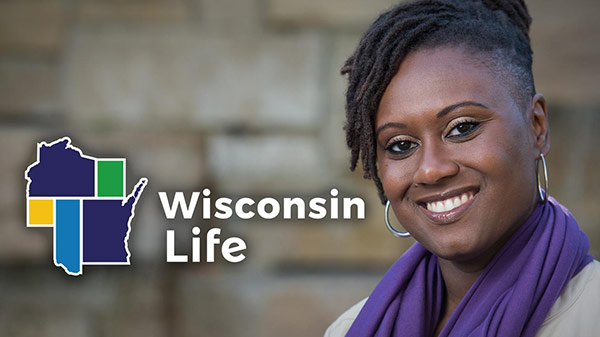
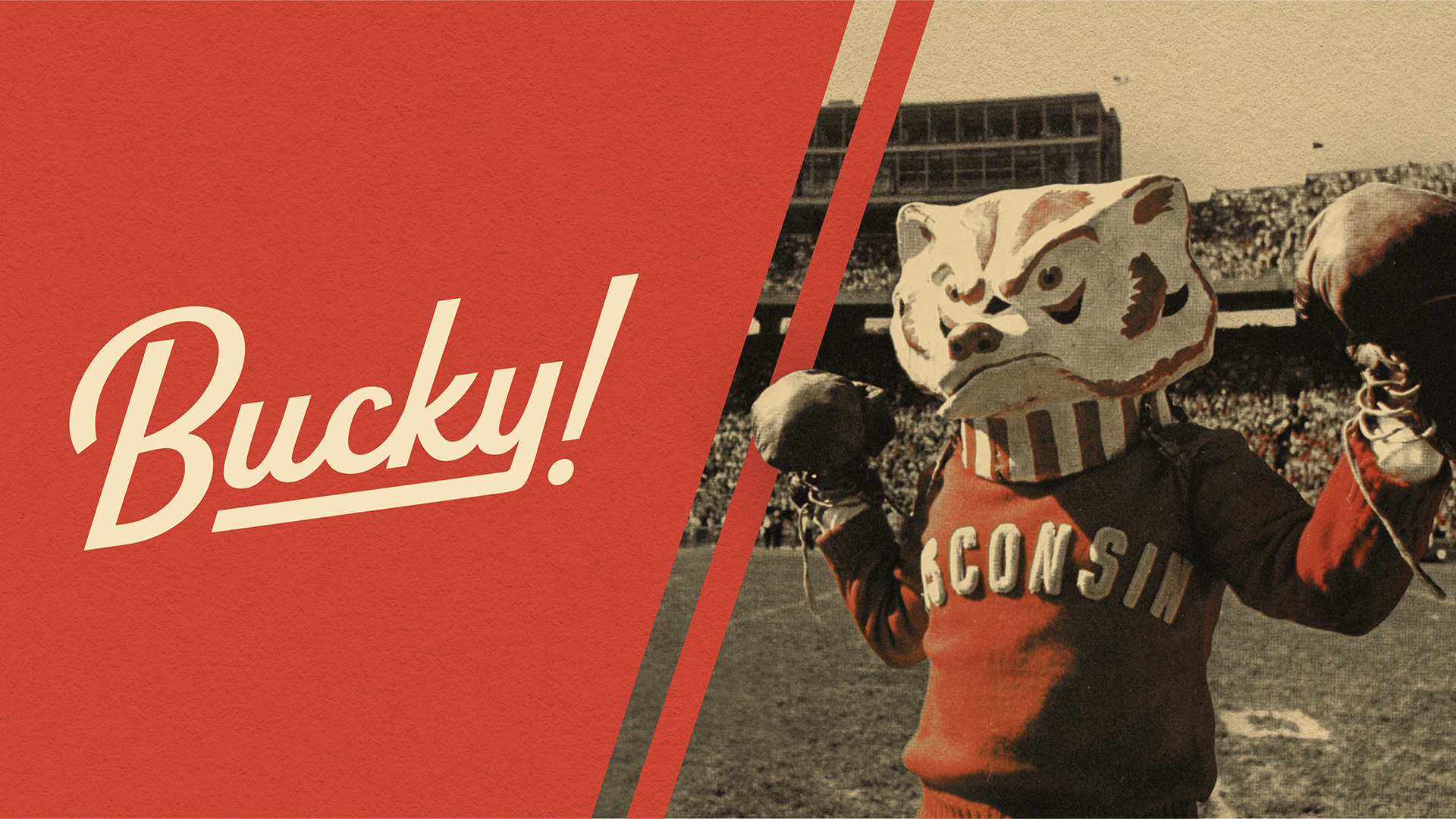
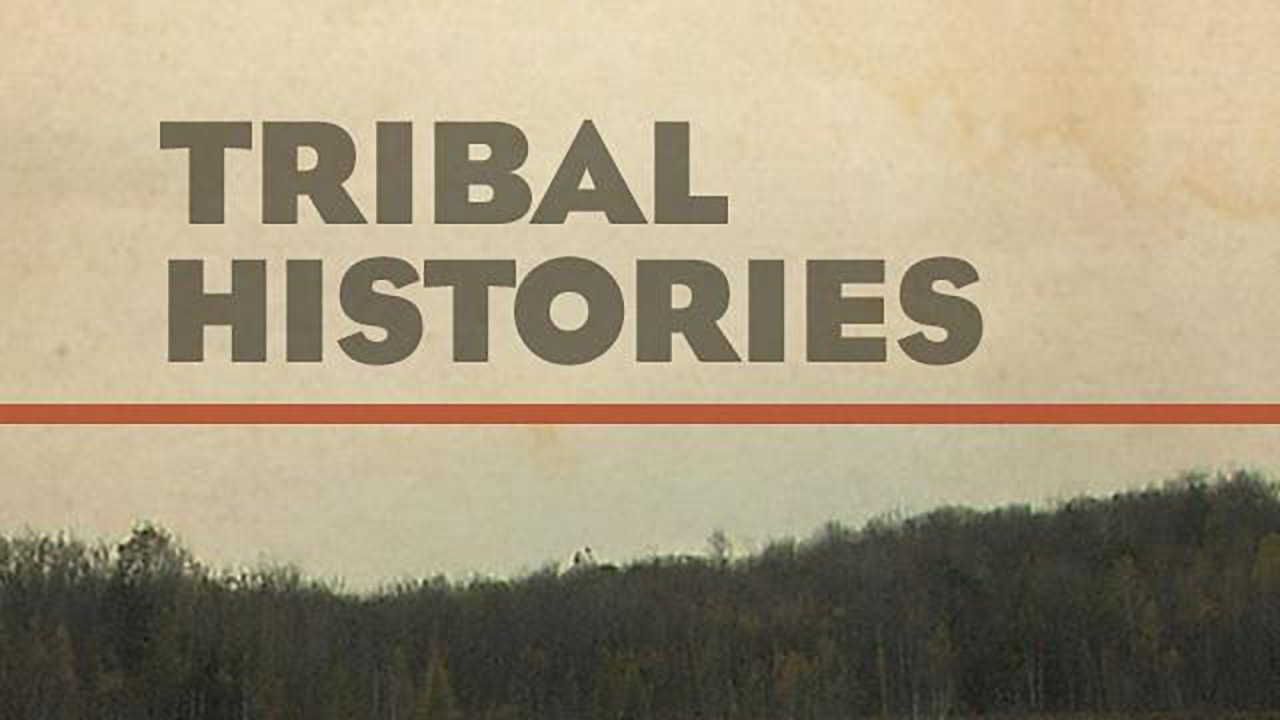
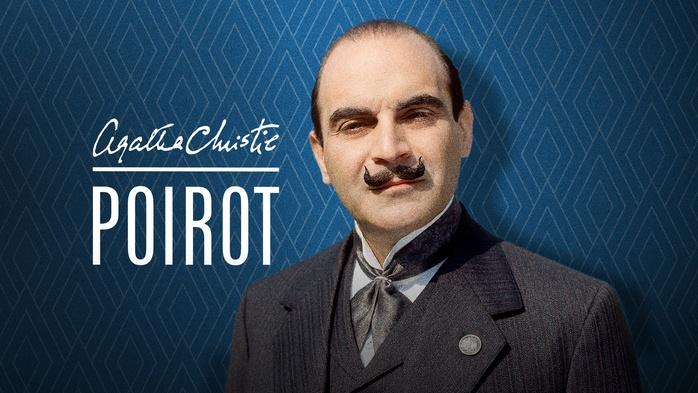

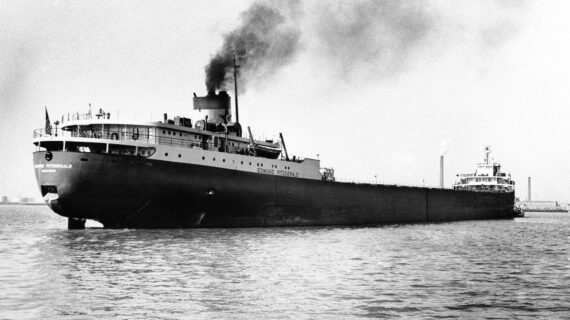
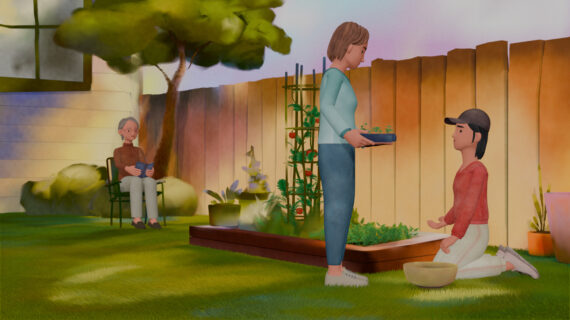
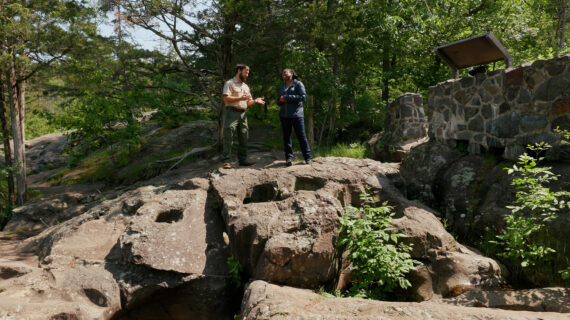
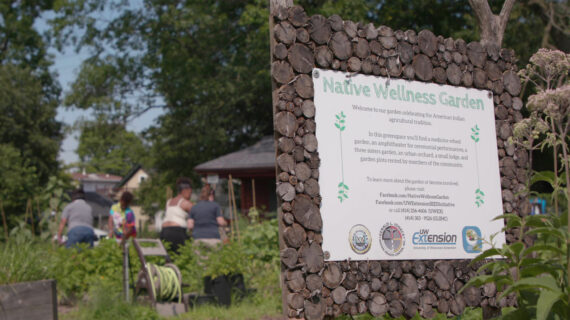

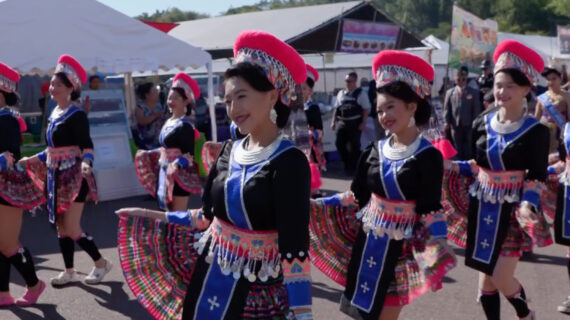
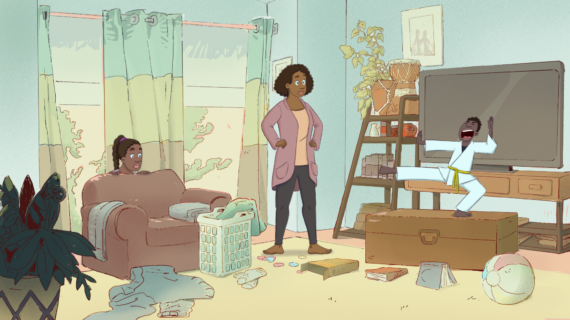
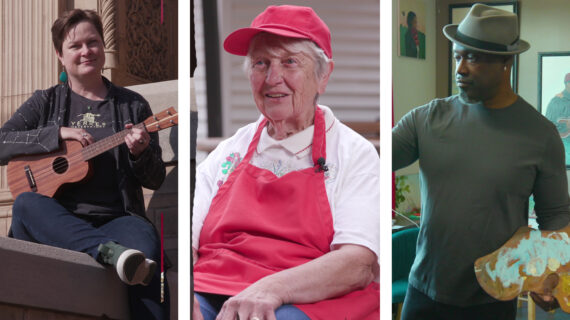
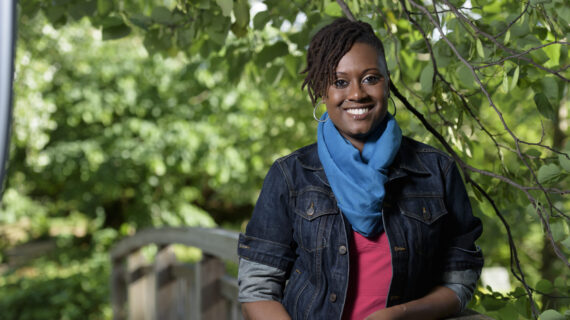
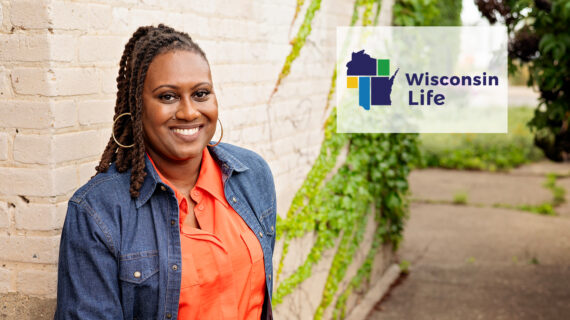
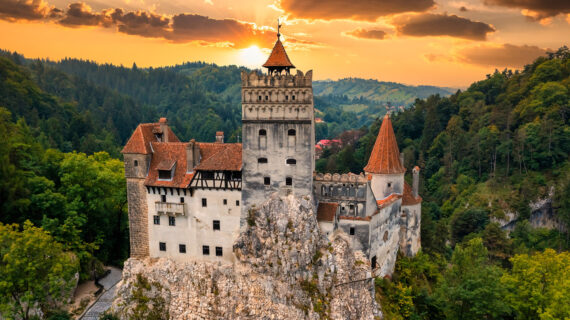
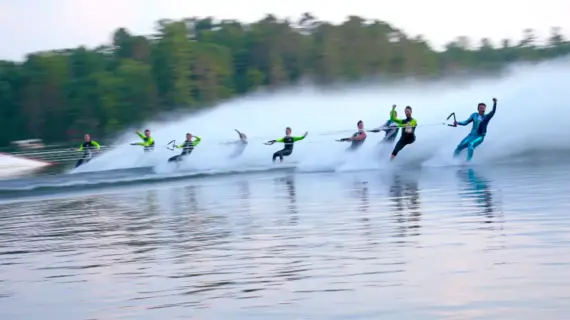

Follow Us